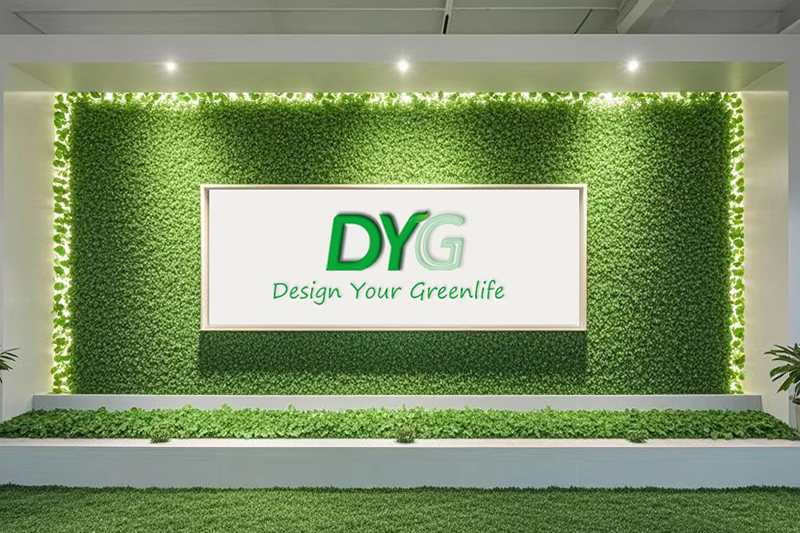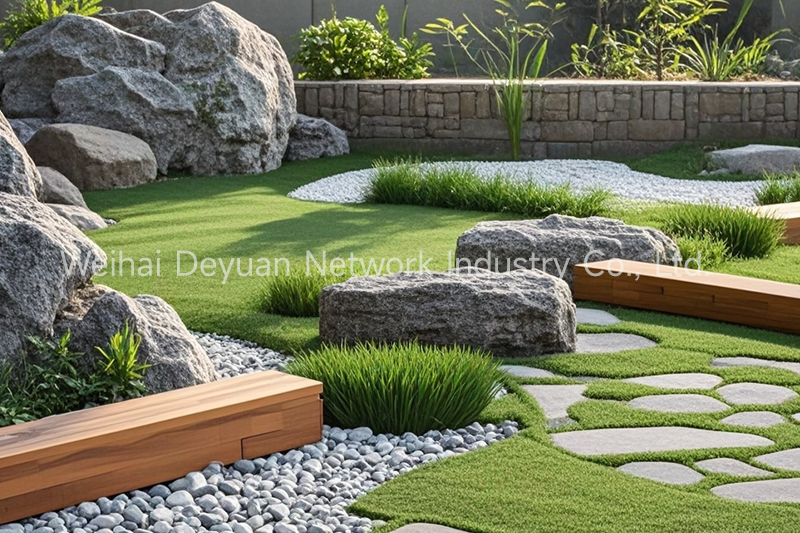As we approach the new year and our gardens are currently lying dormant, now is the perfect time to grab the sketch pad and start designing your dream garden, ready for the upcoming spring and summer months. Designing your dream garden needn’t be as complicated as you might think, but there are a few things to consider before ploughing ahead and getting a design onto paper. It is also important to have a plan, to ensure that your new garden ticks all the right boxes and meets your needs, as well as those of your family and pets. In our latest article, we’re offering up some of our best tips to help you create your dream garden. We’ve tried to cover everything you need to think of when planning your garden to help give you the ideas and inspiration you need to get the garden you’ve always dreamed of.
Let’s begin with our first garden design recommendation.
Before designing your garden, look for inspiration. There are things available that you won’t know about and might later regret not incorporating, so be sure you know what’s out there. It’s also interesting to see what other people have done with their own gardens. We would recommend starting by searching online, as there is a wealth of information and ideas available on the Internet. Measure Up Before planning your garden, you’ll need to take some measurements so that you can consider the layout and size of the area you’ve got to work with. We’d suggest drawing a basic sketch of your garden and then using a tape measure, measuring wheel or laser, to add the measurements to your drawing.
Consider Professional Help
If your budget allows, consider using professional help to design and/or build your garden. Try searching online for local garden design companies who can help you get your ideas onto paper. Of course, this will come at a price, but their professional advice may help prevent potentially costly issues further down the line and they will be able to advise on what is or isn’t possible within your garden. Depending upon the scale and complexity of the design and your level of DIY ability, when it comes to building your garden, you may wish to hire the services of a local landscaping contractor. Some tasks, such as planting, are straightforward to carry out, but if you are considering hard landscaped features, such as patios, decking, walling or fencing, then this type of work may be best left to the professionals. This is because they’ll have the necessary skills and equipment to ensure that the work is carried out to a high standard, following best practices. This should ensure the longevity of your garden.
Choose Planting That You’ll have Time to Maintain
When planning your garden, you need to carefully consider how much time you can dedicate to maintaining it. Of course, some plants and shrubs require more maintenance than others, so be careful to choose wisely. If you are short on time, don’t fret, as there are plenty of stunning plants and shrubs that require very little effort to maintain.
Consider Texture
When designing your garden, it’s important to incorporate lots of different textures. You could use paving slabs, gravel, rockeries, grassed areas, timber sleepers or brickwork to create different features within your garden and, generally, the more texture you can add, the better. For instance, you could build an sandstone patio, with a gravel pathway leading to a raised deck area that’s surrounded by raised sleeper beds. Utilising texture will help to create interest in your garden, so don’t forget to mix it up.
Choose Between Artificial Grass or Real Grass
If you are looking to keep your new garden low maintenance, then choosing artificial grass is a no-brainer. While fake turf was, admittedly, once considered to be something of a faux pas amongst the gardening community, the advances in technology mean that it’s so realistic-looking nowadays that it’s difficult to tell that it’s fake. Even some die-hard gardeners are now fans of synthetic turf. There are so many benefits attached to artificial grass that it’s little wonder so many homeowners are choosing to convert their real grass lawns into artificial turf. Its lush green looks perfectly replicate the real thing, but it never needs mowing, fertilising, aerating or feeding. It will also look exactly the same whatever the season, to provide maximum year-round impact, unlike real turf, which can go brown during the summer and patchy in the winter. In addition, it’s great for children and dogs, as they can use the lawn all year round without becoming covered in mud and dirt. You also need to carefully consider how well real grass will grow within your garden. If your lawn is sheltered by overhanging trees or surrounding fences then you may find that real grass won’t grow particularly well, as it will be starved of moisture and sunlight, both of which are vital for growth. Fake turf has the advantage, here, and makes for the perfect alternative in areas in which real grass won’t grow. It is possible, of course, to utilise both real and fake. You could perhaps consider having real grass for your main lawn area, and you could then put artificial grass to good use by adding green to areas where the real stuff won’t grow. Of course, budget plays a part, too, as you can expect an artificial lawn to cost more than real grass, in the short term.
Conclusion
Designing your own garden can be lots of fun. The best place to start is to research potential ideas online, and in brochures and magazines. Then, if possible, create a scale drawing of your garden and begin adding in hard landscaping features and focal points. Once this has been done, you can then build the planting in around these areas. There’s lots to think about when designing your dream garden and we hope this article has given you the ideas and inspiration to help you make it happen.
Post time: Sep-05-2024












